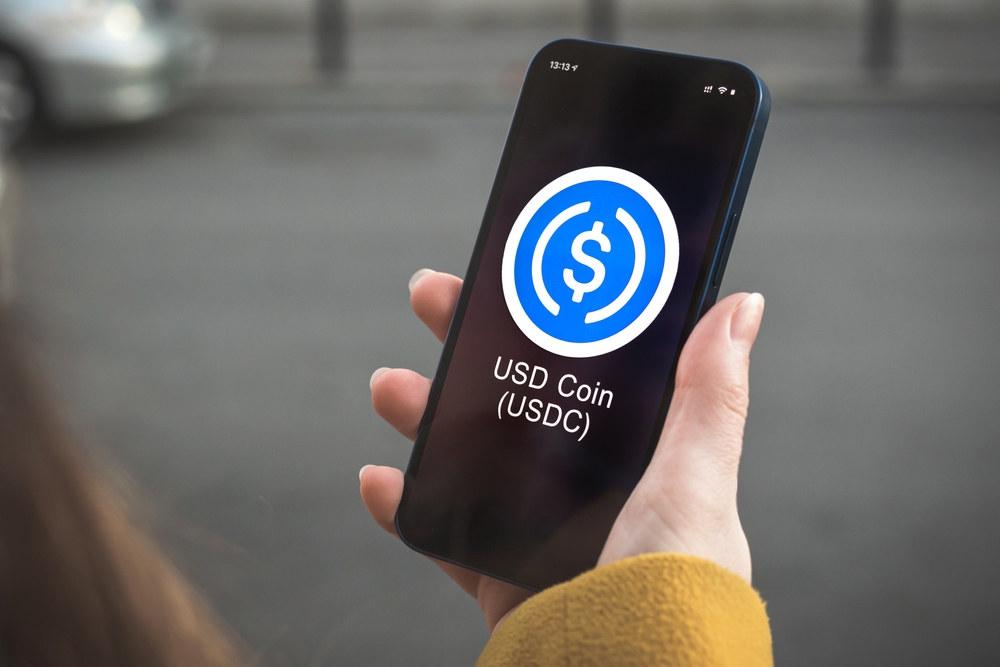
The failure of FTX has shaken the entire crypto industry, but this has not stopped traditional companies from entering the sphere.
On Tuesday, a bunch of traditional banking institutions announced that they were launching the Regulated Liability Network (RLN).
This is a digital money platform based on proof-of-concept and was introduced by some big names like Wells Fargo, MasterCard and HSBC.
The announcement
A statement was issued by the group in which it disclosed that members of the payments and banking community in the US had collaborated with the New York Innovation Center (NYIC) for this project.
It should be noted that NYIC is part of the New York Fed. The group further added that distributed ledger technology, commonly referred to as blockchain, would be used by the platform.
Its purpose would be to make financial settlements easier and to provide more opportunities. In addition, commercial banks, central banks as well as ‘regulated non-banks’ would also participate.
These include names like U.S. Bank, Truist, TD Bank, Swift, PNC Bank, Citi and BNY Mellon. The announcement drew a response from Edward Snowden, the exiled whistleblower.
CBDCs
Banking officials have been interested in the potential of central bank digital currencies, or CBDCs, for quite a while now.
These are quite similar to stablecoins in the matter that they are pegged to a particular fiat currency in the ratio of 1:1. Essentially, they are the digital version of a country’s fiat currency.
According to the group, RLN would only support US dollars and it will operate for 12 weeks. The banking institutions participating in it will issue simulated digital tokens.
These will be the deposits that customers make and simulated central bank reserves would be used for settling them through a shared blockchain.
The group further added that the project would comply with regulations that are already in places, such as the anti-money laundering (AML) and Know-your-customer (KYC) policies.
In addition, the project also intends to explore the feasibility of using the platform for other digital assets as well, such as stablecoins.
The expectation
The group also added that once the project ends, they will make the results of the pilot program public and also added that it is not necessary for the participants to be involved in future projects as well.
The group said that they are only going to use simulated data for the project and a test environment will be established.
It further clarified that they are not launching it for achieving a particular policy outcome and it does not signal that the Federal Reserve would look into issuing a retail, or wholesale CBDC, or how it would be designed.
The US would definitely not be the first one to develop a CBDC if it does. As a matter of fact, other countries have made a great deal more progress in this area.
China has already been working on a digital yuan for quite some time and Australia has also been working on its own digital dollar project.





